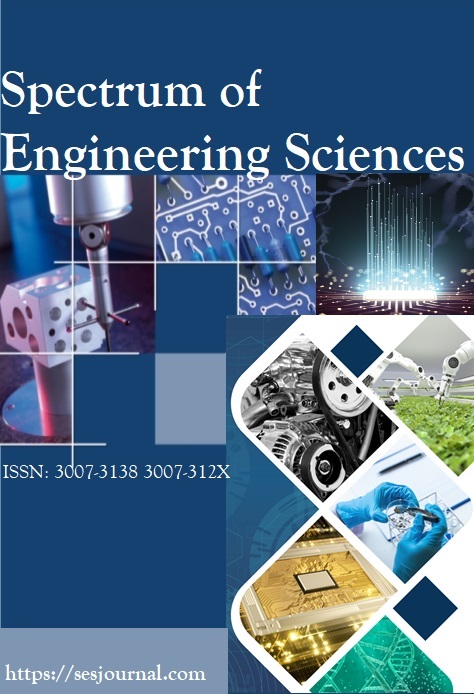REDEFINING SMALL-SCALE ENERGY HARVESTING: PSO-ENHANCED MICRO-NOTCHED TURBINES AND RF RECTENNAS FOR AUTONOMOUS LOW-POWER DEVICES
Keywords:
PSO, MPPT, Optimization, Efficiency, MiNTAbstract
The significant strides made in science over the past century have led to the development of technical industries, primarily driven by advancements in miniature electronic circuits. The continuous decrease in power consumption is due to technology that enables electronic systems to be smaller. According to Intel, power management becomes more difficult as the size of electronic gadgets reduces. Several forms of energy are available that could supply power to low-energy applications. The creative notched turbines’ experimental setup presents ideal characteristics; hence, they are best for optimal power production. When the MiNT technology is introduced into a system to evaluate power delivery, as in this analysis, it becomes a unique system that can generate usable energy. The power supply tracking system of this developed energy-harvesting device relies on maximum power point tracking, a significant component of the implemented system. Environmental conditions affect the physical dimensions and performance of the productive power output of many energy-producing devices, imposing limitations that must be considered.
Investigators applied simulations and measurements to confirm the analysis process and results, which indicated a tug–nose micro–notch turbine system that enhanced the maximum power point tracking system (MPPT). An improved MPPT system utilizes PSO (particle swarm optimization) and the emulating resistor technique to reduce hardware size and increase power efficiency (PSO). This energy-collecting equipment features a micro-notch design, and a smaller version is equipped with an upgraded MPPT for all testing purposes. A PSO (particle swarm optimization) with a resistor emulation method enhances power efficiency and reduces the physical size of the maximum power point tracking system (MPPT). Research applications using the suggested control method can run successfully with as few energy sources as possible because this enhanced system and systems with low resistance load power it. The successful culmination of this research will enable many Energy and Power harvesting systems to improve their power management and control capabilities of their integrated circuits, thereby constraining end devices and application systems.
















